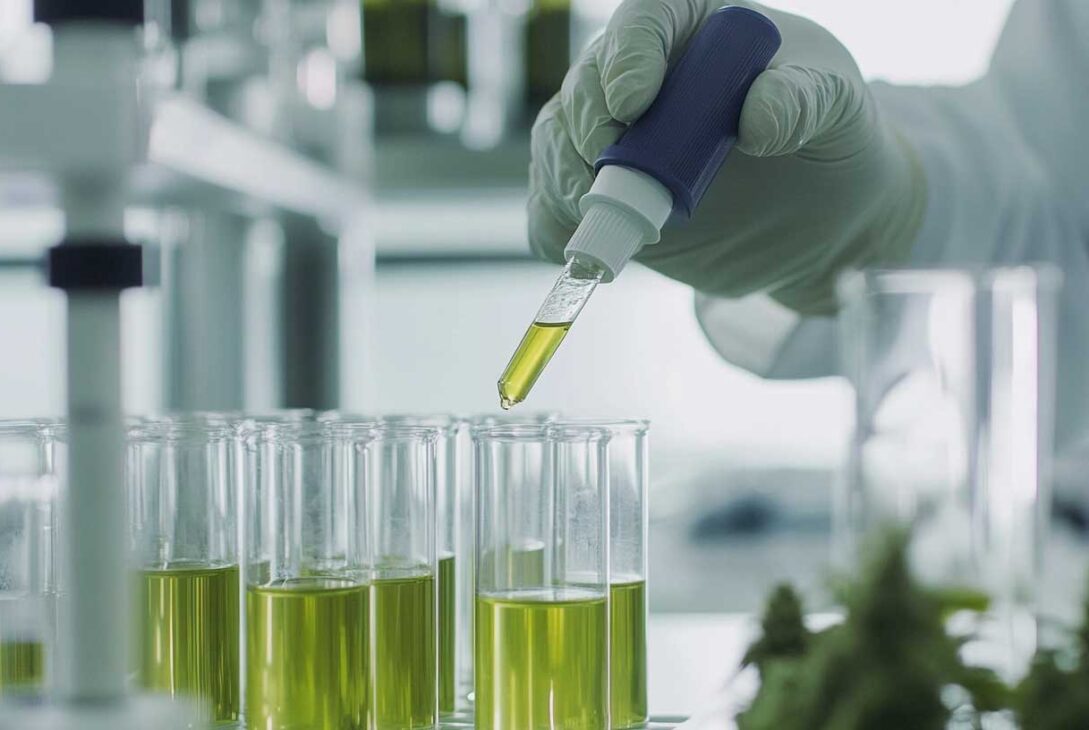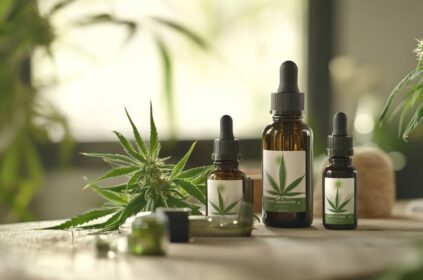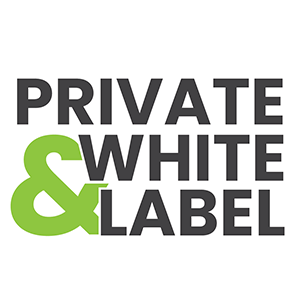Comprehensive Guide to Cannabinoid Testing Methods and Quality Control
Introduction
The cannabis industry is experiencing an explosive growth trajectory, particularly in the United States. As more consumers seek out safe, effective, and high-quality cannabis products, comprehensive cannabinoid testing and stringent quality control procedures have become paramount. Understanding the methods used for testing cannabinoids, the importance of quality control, and the standards governing these practices is essential for consumers, manufacturers, and anyone interested in this dynamic field.
Cannabinoid Testing Methods
Cannabinoid testing plays a vital role in the production of cannabis products, serving to verify their potency, safety, and overall quality. Here are the primary testing methods that are commonly employed:
Potency Testing
Potency testing assesses the concentration of cannabinoids within a product, focusing on significant compounds like THC (tetrahydrocannabinol) and CBD (cannabidiol). This information is crucial for understanding how a product may impact users, both in therapeutic effects and psychoactivity. High-Performance Liquid Chromatography (HPLC) is often the preferred method due to its reliability and precision, enabling laboratories to offer accurate cannabinoid profiles.
Contaminant Testing
Ensuring the safety of cannabis products extends beyond cannabinoid content, it requires thorough testing for contaminants as well. This includes assessing levels of pesticides, heavy metals, microbial contaminants, and residual solvents. Such testing protects consumers by ensuring that products are free from harmful substances. In many regions, testing for these contaminants is a regulatory requirement.
Terpene Testing
The aroma and taste of cannabis come from terpenes, aromatic compounds that also hold potential therapeutic benefits. Terpene testing evaluates the concentration of various terpenes present in a product. Gas Chromatography (GC) is commonly employed for its sensitivity in measuring these volatile compounds, which are integral to the user experience and potential effects of different cannabis strains.
Residual Solvent Testing
During cannabinoid extraction, solvents may be used and can leave residues in the final product. Testing for these residual solvents is critical for ensuring product safety. Both HPLC and GC are effective in detecting these solvents, providing confidence in the purity of cannabis oils and concentrates.
Foreign Matter Testing
Finally, the presence of any foreign materials—whether it’s dirt, mold, or insects—poses a risk to consumers. Testing for foreign matter falls under the broader umbrella of ensuring product integrity and safety. This is accomplished through visual inspections and physical testing methods.
Quality Control in Cannabis Labs
Quality control is a multifaceted endeavor that helps maintain integrity throughout the production process. Here are some key components of effective quality control in cannabis laboratories:
Establishing Quality Control Standards
The foundation of quality control involves setting clear standards aligning with local regulations for testing, labeling, and packaging. This helps ensure that products consistently meet safety and quality benchmarks.
Conducting Risk Assessments
Risk assessments are critical for identifying potential hazards at various production stages. By conducting these assessments, producers can develop effective standard operating procedures (SOPs) aimed at mitigating risks.
Developing Standard Operating Procedures (SOPs)
SOPs are structured guidelines that outline the necessary steps in the production process, including quality control measures that must be observed. Consistent adherence to these procedures guarantees compliance with regulatory standards and fosters quality assurance.
Training Employees
A knowledgeable workforce is pivotal in maintaining product quality. Continuous training ensures that all employees understand the SOPs and the importance of quality control measures in their daily tasks.
Conducting Regular Audits
Regular audits are essential to verify compliance with quality control measures. These audits also help identify areas for improvement or adjustments in procedures to enhance product safety and quality.
Laboratory Equipment and Methods
Cannabis testing laboratories utilize advanced equipment to conduct comprehensive analyses. Some key instruments include:
High-Performance Liquid Chromatography (HPLC)
HPLC is the backbone of cannabinoid testing due to its ability to analyze non-volatile compounds with precision. It’s integral for determining cannabinoid concentrations and verifying product safety.
Gas Chromatography (GC)
GC provides high sensitivity and accuracy for volatile compounds such as terpenes. While it’s an essential tool in cannabis analysis, it does have limitations, such as potential decarboxylation, which can skew cannabinoid potency results if not properly calibrated.
Mass Spectrometers
Mass spectrometry is employed to examine compound masses, offering detailed insights into the chemical composition of cannabis products. This analytical technology complements other methods for an exhaustive analysis.
High-throughput Screening Methods
These innovative methods facilitate the simultaneous processing of multiple samples, enhancing laboratory efficiency while preserving the accuracy and reliability of testing results.
Standards and Good Practices
Standardization is vital for ensuring consistent quality in cannabis products. Here are some essential guidelines:
Reference Standards
Using high-quality reference standards, such as those available from credible sources, helps in achieving accurate measurements of both potency and purity. These standards are integral for method validation and daily quality assurance.
USP-ASTM Guidelines
The United States Pharmacopeia (USP) and the American Society for Testing and Materials (ASTM) continuously develop guidelines that address key quality specifications and best practices. Adhering to these guidelines fosters consistency and reliability in product quality.
Conclusion
Cannabinoid testing and quality control are foundational to the cannabis industry, ensuring products are safe, potent, and reliable. By grasping the nuances of various testing methods, implementing rigorous quality control measures, and aligning with established standards, manufacturers can produce superior cannabis products that enhance consumer trust and regulatory compliance.
Actionable Tips
- Choose Reputable Labs: Always opt for labs known for adhering to high-quality reference standards and utilizing advanced testing equipment.
- Follow SOPs: Implement and maintain rigorous standard operating procedures to uphold product quality and safety.
- Stay Updated: Regularly review guidelines from organizations like USP and ASTM to remain compliant with current quality standards.
- Train Staff: Foster an environment where ongoing training for staff about quality control protocols is prioritized.
By focusing on these key areas, manufacturers can not only meet but exceed industry expectations, providing consumers with trustworthy and effective cannabis products. As the market continues to grow, a commitment to quality will be the hallmark of success in this evolving landscape.





















